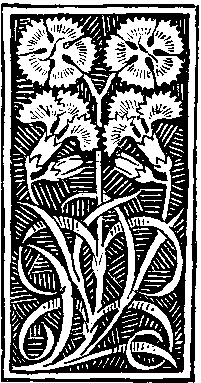Sex, Terror, and Bram Stoker’s Dracula:
Coppola’s Reinvention of Film History
Keywords:
adaptation, Bram Stoker, Bram Stoker's Dracula, female sexuality, film history, the gaze, Francis Ford Coppola, Dracula, the Lumière BrothersAbstract
This essay takes as its starting point Francis Ford Coppola’s inclusion of a series of manufactured ‘historical’ film clips in Bram Stoker’s Dracula. These clips, which include both erotic farce and footage of a train rushing toward the audience (often mistaken for the Lumière Brothers’ seminal film, Arrival of a Train at the Station), construct a version of Victorian film history that locates it in a genealogy of terror, voyeurism, and female sexuality on display. Through an analysis of Bram Stoker’s Dracula, this essay excavates the ways in which Coppola’s neo-Victorian film history both reimagines technology’s role in putting female sexuality on display and explores the implications of female spectatorship within the context of mass entertainment.


